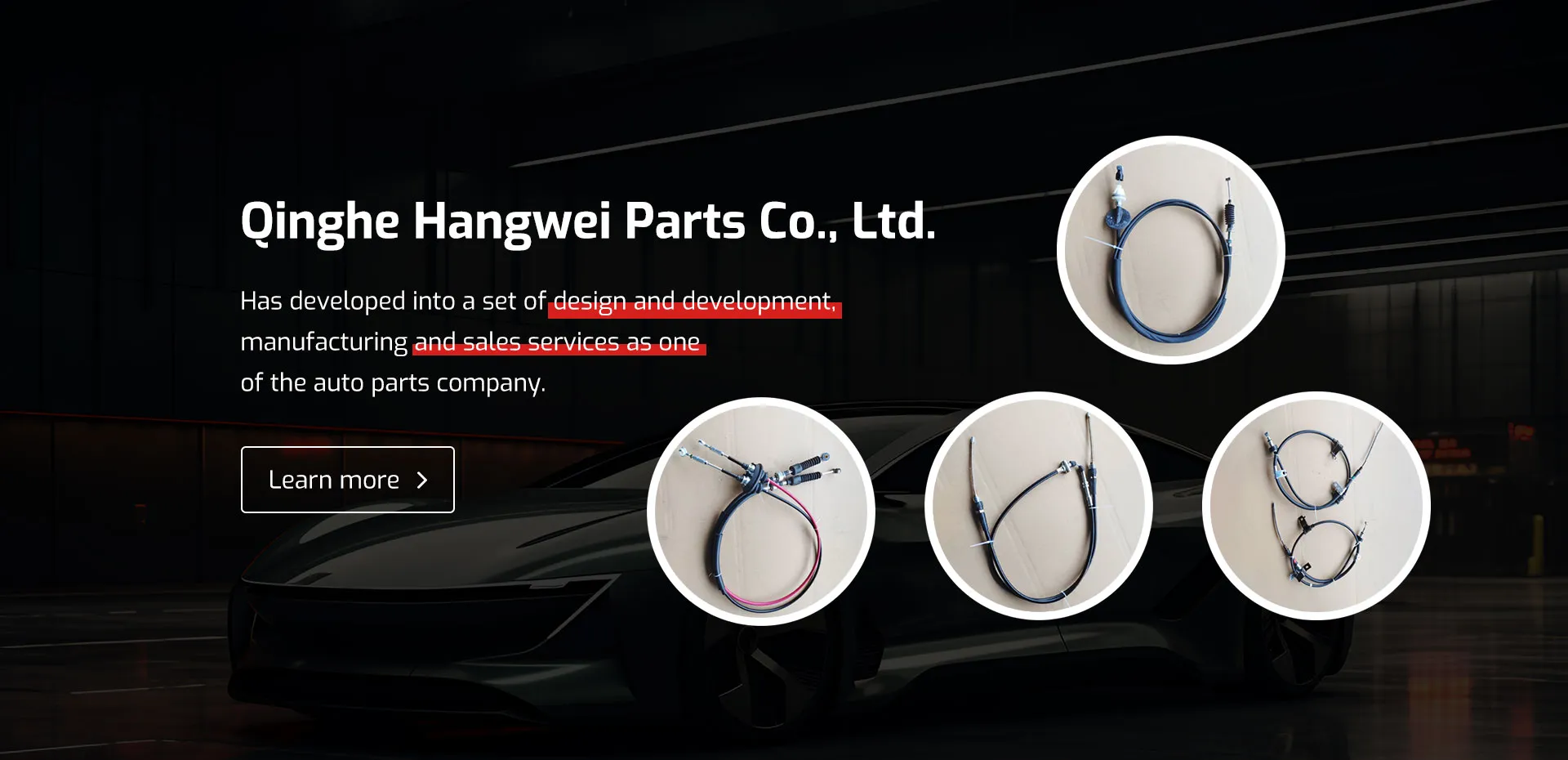gear cables
Understanding Gear Cables The Lifeline of Bicycle Gearing Systems
When it comes to bicycle maintenance, many enthusiasts often overlook the importance of gear cables. These seemingly simple components play a crucial role in ensuring smooth and precise shifting between gears, making them vital for any cyclist who wants to enhance their riding experience. Understanding gear cables can help cyclists make informed decisions about their bike's performance and maintenance.
What Are Gear Cables?
Gear cables are thin, flexible wires that connect the shifters on a bike’s handlebars to the derailleurs, the mechanisms that move the chain between different gears. Usually encased in housing for protection, these cables are responsible for translating the rider's input from the shifter into a mechanical action that shifts the gears. When a rider twists or clicks the shifter, the cable pulls or pushes the derailleur, moving the chain onto a different cog or chainring.
Types of Gear Cables
There are a few types of gear cables to consider, and understanding these can help in making the right choice for your bicycle. Most commonly, bicycle gear cables are made of stainless steel or a coated material that reduces friction. Some advanced cables incorporate features like compression-free design and various coatings to enhance smoothness and durability. Additionally, cables can differ based on their application, such as those specifically designed for road bikes, mountain bikes, or hybrids.
Importance of Quality Gear Cables
gear cables

High-quality gear cables can significantly improve a cyclist's performance. Cheap or worn-out cables can lead to erratic shifting, increased friction, and ultimately, a less enjoyable ride. Regular maintenance, including inspecting and replacing worn cables, is essential. Cables stretch and wear over time, which can lead to poor shifting performance. A proactive approach to maintaining gear cables extends the life of the entire shifting system and improves the overall riding experience.
Signs of Worn Gear Cables
Knowing when to replace gear cables is crucial for cyclists. Signs include difficulty shifting gears, frayed cable ends, or inability to engage specific gears. If you find that your bike’s shifts have become sluggish or imprecise, it’s likely time to inspect your gear cables for wear and tear. Often, a simple adjustment of tension can temporarily improve functionality, but if the problem persists, replacement is the best course of action.
The Replacement Process
Changing gear cables might seem daunting, but it’s a manageable task for most bike owners. The process involves removing the old cable from the shifter and derailleur, threading the new cable through the housing, and adjusting tension before securing it in place. Detailed guides or video tutorials are widely available, making it easier than ever to accomplish this task with confidence.
Conclusion
In summary, gear cables are a fundamental aspect of a bicycle’s performance. Neglecting their maintenance or replacement can lead to frustrating rides and diminished control over the bike. By investing time and effort into understanding and caring for your gear cables, you can ensure a more efficient and enjoyable cycling experience. Whether you're commuting, racing, or enjoying a leisurely ride, reliable gear cables can make all the difference in maximizing your bike's potential. So the next time you consider bicycle maintenance, remember the critical role that gear cables play in your riding adventure.
-
Workings of Clutch Pipe and Hose SystemsNewsJun.04,2025
-
The Inner Workings of Hand Brake Cable SystemsNewsJun.04,2025
-
The Secrets of Throttle and Accelerator CablesNewsJun.04,2025
-
The Hidden Lifeline of Your Transmission Gear Shift CablesNewsJun.04,2025
-
Demystifying Gear Cables and Shift LinkagesNewsJun.04,2025
-
Decoding Clutch Line Systems A Comprehensive GuideNewsJun.04,2025
